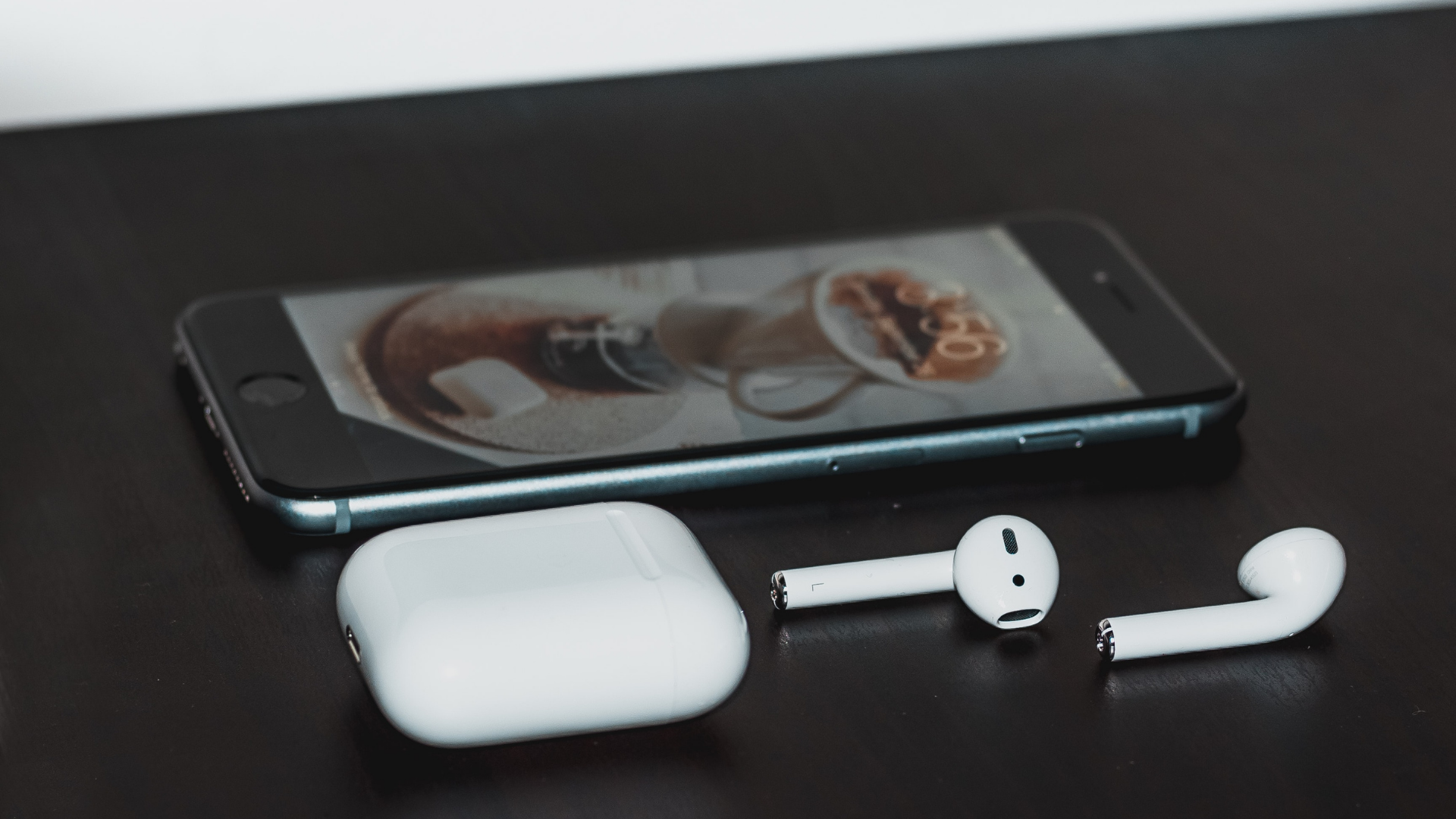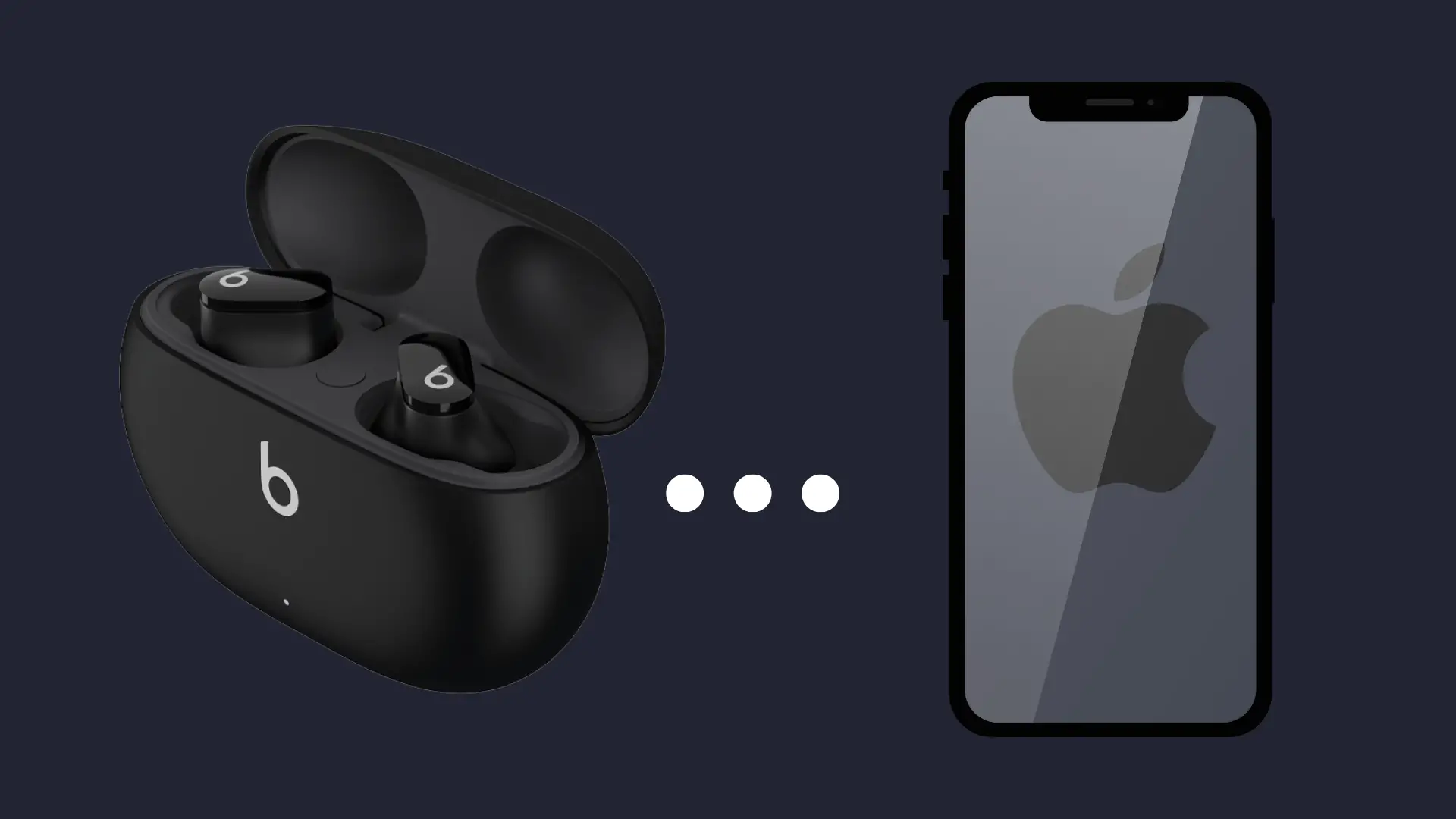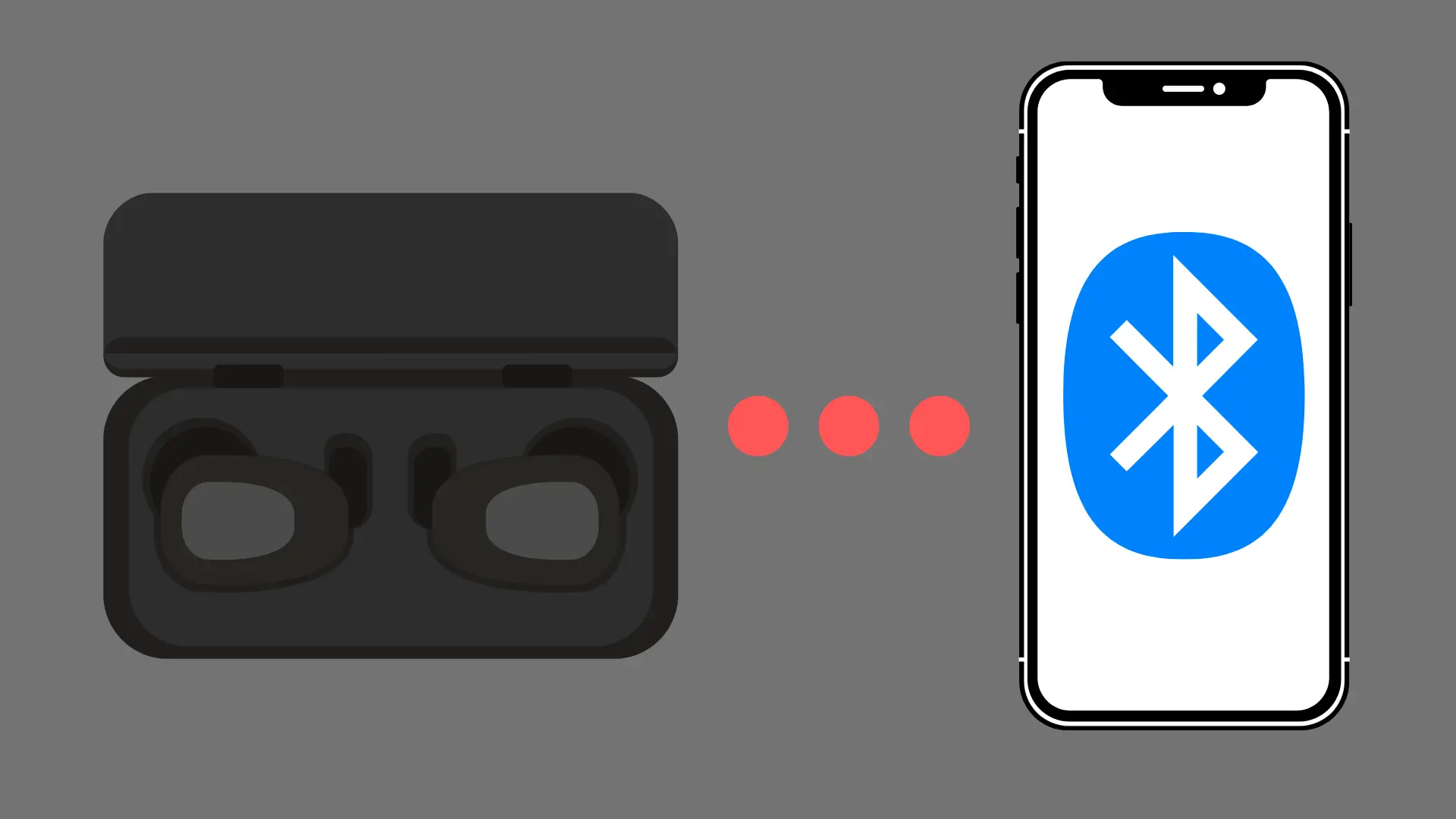What Does Reduce Motion Do on iPhone: A Clear Explanation
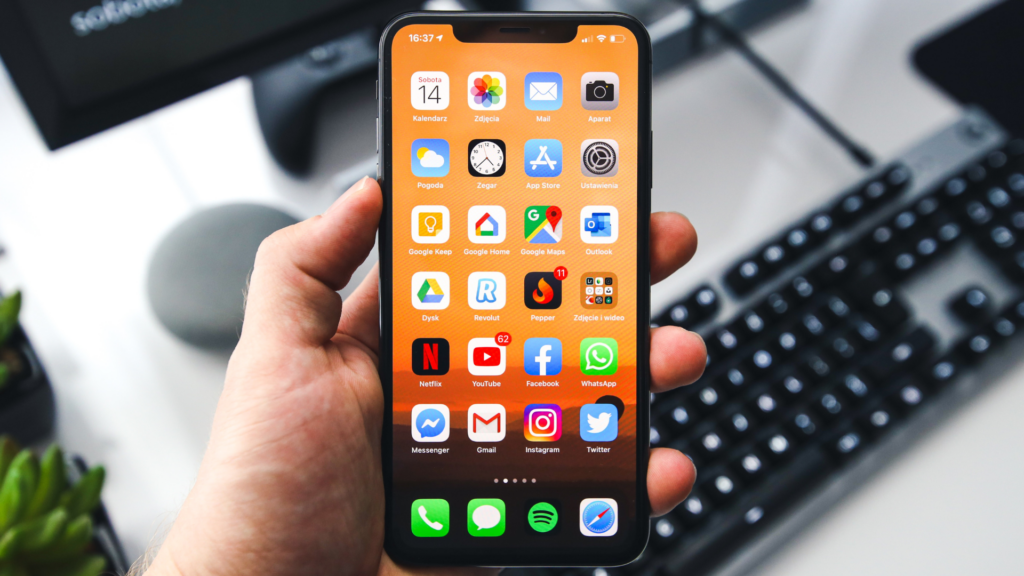
The iPhone’s Reduce Motion feature is designed to minimize the dynamic effects on the screen, catering to users with sensitivity to motion or those who simply prefer a less animated interface. By disabling certain screen movements and animations, it aims to deliver a more comfortable visual experience on your device.
In this article, we will delve into the nuances of the Reduce Motion feature, exploring its functionality, benefits, and the steps to enable or disable it on your iPhone. We will also provide a comparative analysis on how this feature might affect the overall user experience in relation to those who may not use it, rounding out your understanding of this often overlooked yet significant iPhone setting.
Key Takeaways:
- The feature targets users with motion sensitivity and can be easily enabled or disabled through the device’s settings
- Reduce Motion minimizes dynamic effects on the iPhone screen for a more comfortable visual experience
- Enabling this feature can lead to improved battery life and device performance
Understanding Reduce Motion

The Reduce Motion feature on iPhone serves to enhance the user experience for individuals who are sensitive to motion effects or have vestibular disorders. By simplifying the visual elements and minimizing certain animations, users can navigate their device with less distraction and discomfort.
When Reduce Motion is enabled, the user interface undergoes several changes. One of the most noticeable differences is the elimination of the parallax effect, which creates a sense of depth between the app icons and background wallpaper. Instead, all items on the screen appear at a consistent depth, providing a more stable visual experience.
Screen transitions and effects are also altered with Reduce Motion turned on. Rather than using zoom or slide effects for transitions, the dissolve effect is employed, creating a subtler and less intense change between screens. This is particularly helpful when opening and closing apps, as it reduces the amount of motion the user has to process.
The Auto-Play Message Effects option within Reduce Motion settings controls the automatic playback of full-screen effects in the Messages app. If disabled, users can still manually play effects by tapping “Replay” below the message bubble. This gives those sensitive to motion more control over their experience when communicating with others.
To sum up, here’s what occurs when you enable Reduce Motion on an iPhone:
- The parallax effect of icons is minimized.
- Screen transitions utilize the dissolve effect instead of zoom or slide effects.
- Auto-Play Message Effects can be turned on or off, allowing the Messages app to automatically play full-screen effects.
How to Enable/ Disable Reduce Motion
- Go to Settings.
- Select Accessibility.
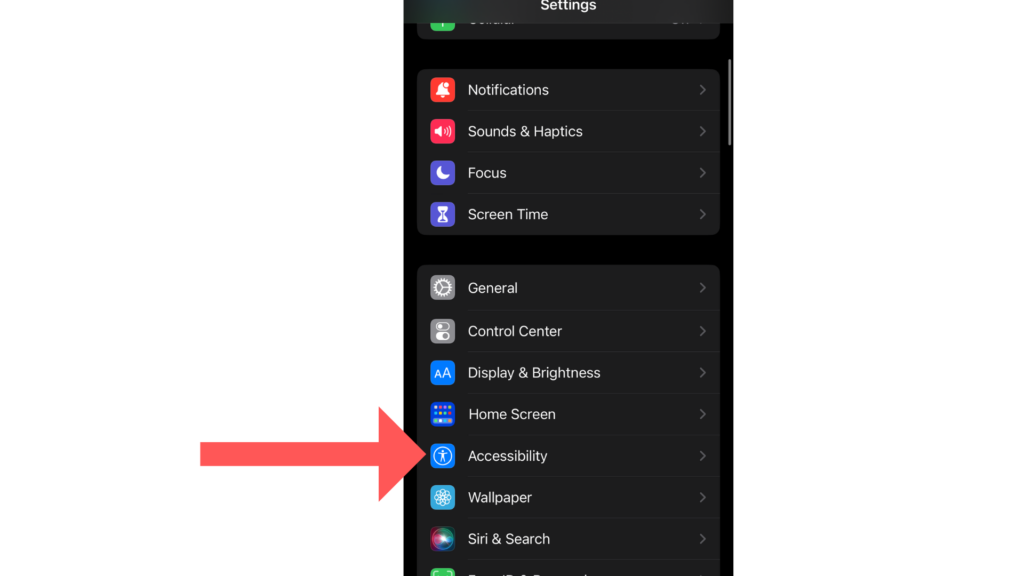
- Click on Motion.
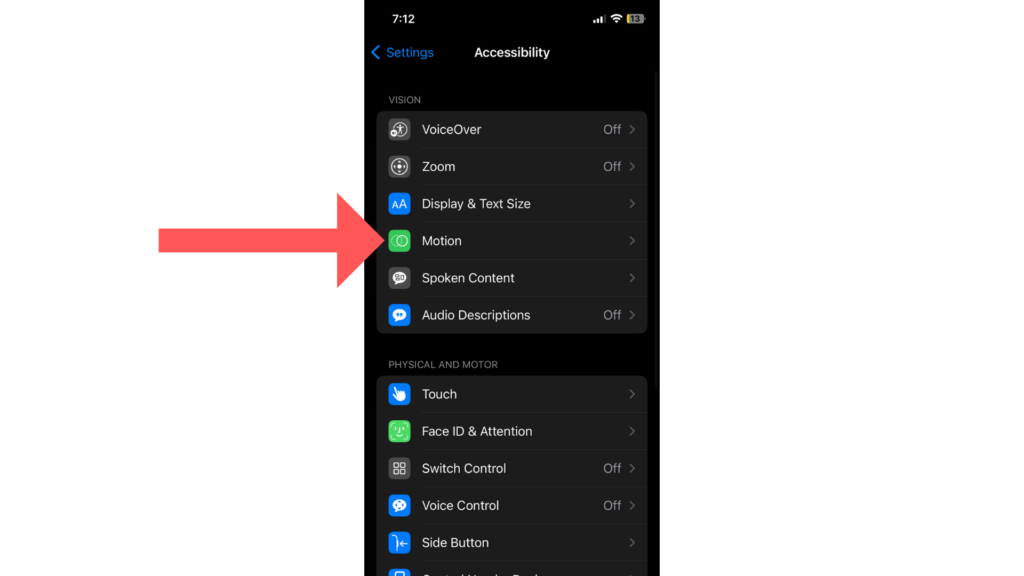
- From here, toggle on the Reduce Motion option.
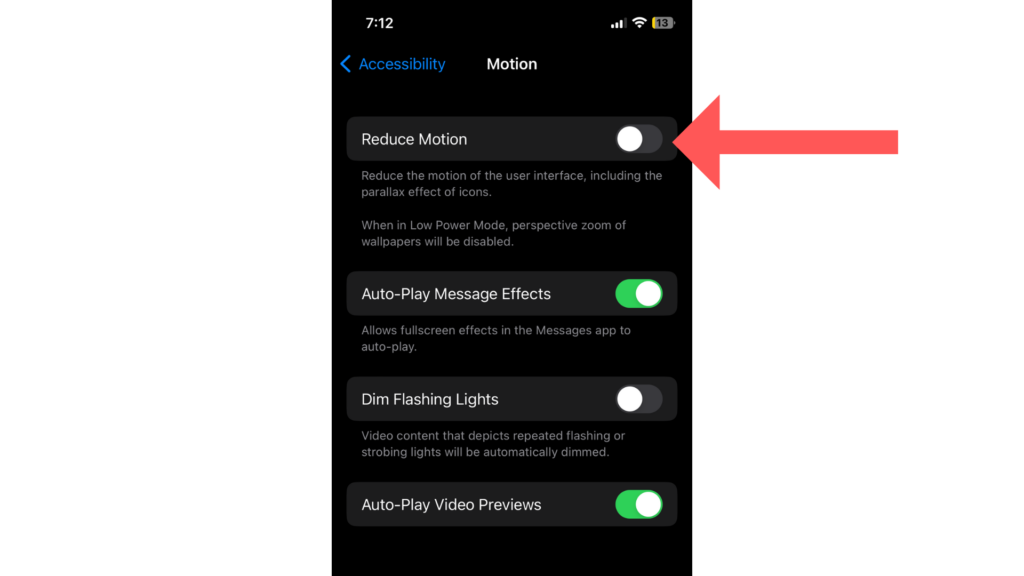
Effects on Visual Experience
Parallax Effect
The Reduce Motion feature on iPhones greatly impacts the visual experience by simplifying the movement of the user interface. One noticeable change is the reduction of the parallax effect. When this feature is enabled, the motion is reduced and the parallax effect of icons becomes less prominent or even disabled.
App Switcher
Another effect of the Reduce Motion feature can be observed in the App Switcher. When active, the screen transitions and animations use the dissolve effect instead of the zoom or slide effects. This results in a cleaner and smoother user experience with less distraction, contributing to an overall more efficient navigation.
Notification Center
Finally, the Notification Center is also affected by the Reduce Motion setting. The movement of notifications and alerts is simplified when this setting is turned on, reducing motion distractions and creating a calmer user experience. This leads to less strain on the eyes, making it easier to focus on the important content displayed on the screen.
Effect on Battery Life and Performance
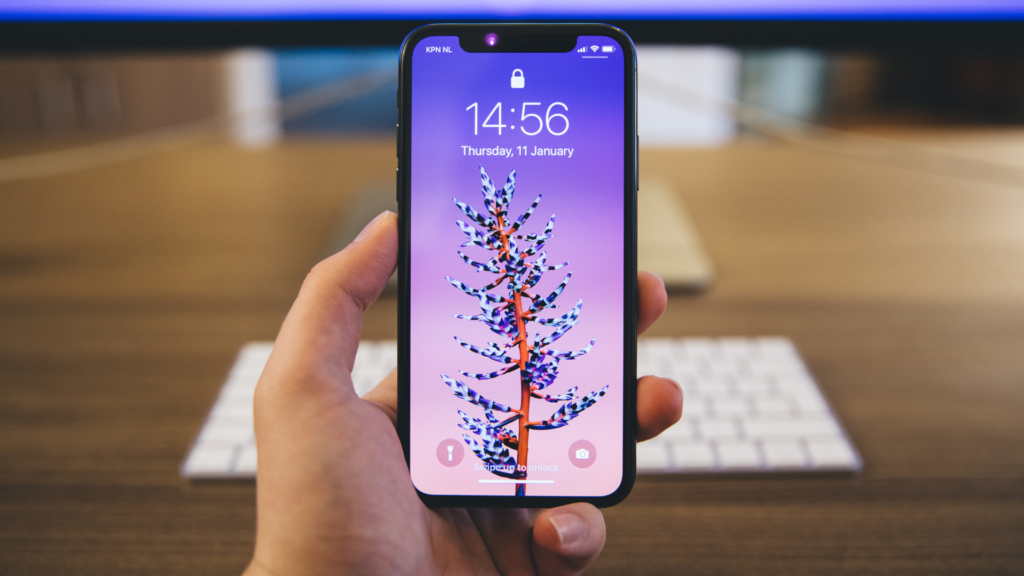
Turning on Reduce Motion could potentially help extend your iPhone’s battery life. This is because the processor does not have to load animations when launching applications or navigating through the user interface, which could save some battery power.
Instead, apps use the processor to load their contents first, resulting in quicker launch times and smoother performance.
While there’s no direct statement from Apple that confirms turning on Reduce Motion increases battery life, some users have reported improved battery performance. It’s important to note that the impact on battery life might vary depending on the individual’s usage habits and their specific device.


